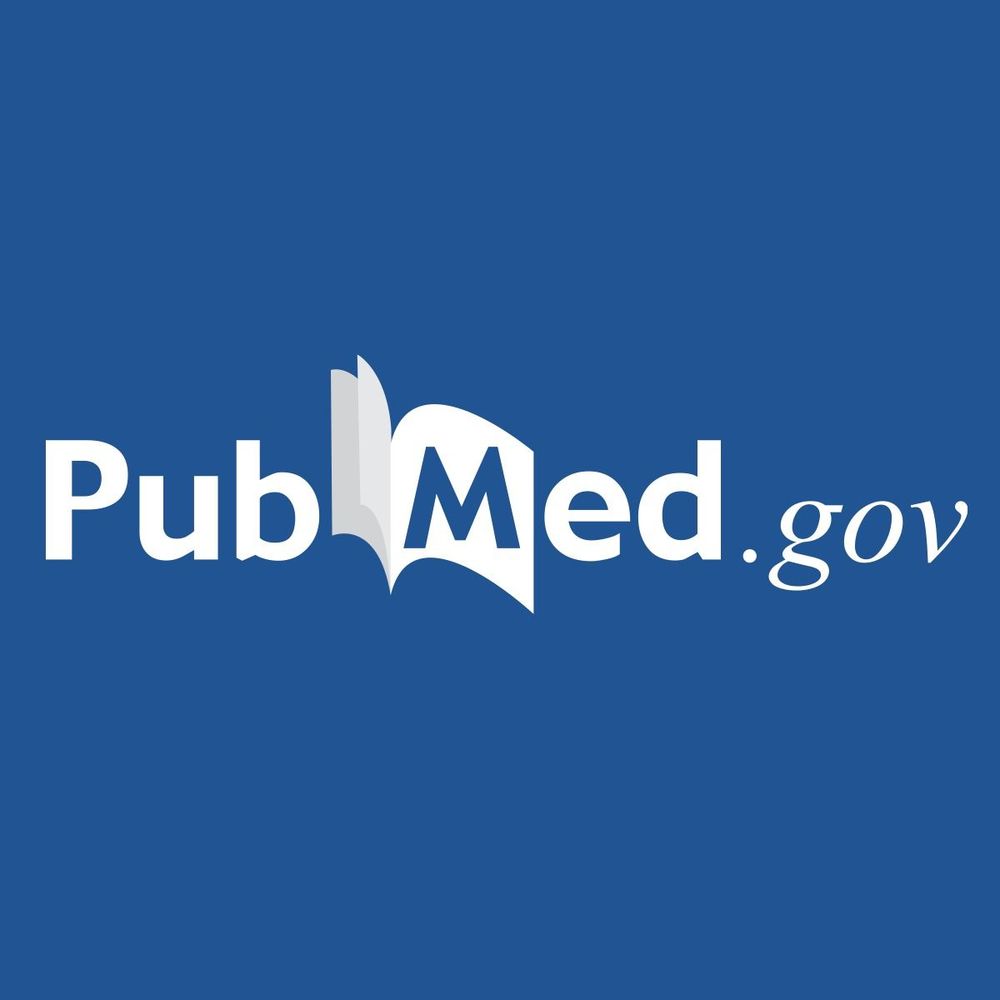To determine the long-term cost-benefit of intravenous immunoglobulin (IVIG) treatment in Children with Kawasaki Disease (KD), a model was made to compare the total cost for management of these children with and without the use of IVIG. Long-term (10−21 years) follow-up of 594 KD patients treated in the pre-IVIG era reported by Kato, et al. was used to calculate cost using previous cost studies from Chulalongkorn Hospital. Reduction of CAA from 25 per cent to 4 per cent with IVIG treatment was assumed based on previous published data. Total cost was slightly lower for the non-IVIG treatment group compared to the IVIG treatment group (33,451,129 baht vs 35,001,195 baht) for the duration of follow-up in Kato’s model. Cost per effectiveness analysis showed more effectiveness in the IVIG treatment group (359,576 baht vs 383,614 baht). Net cost analysis similarly demonstrated lower costs in the IVIG treatment group (25,365,215 baht vs 33,451,129 baht). Incremental cost-effectiveness analysis demonstrated supplementary costs of 13,663 baht for one case in the reduction of coronary involvement and 387,517 baht for one life saved in the IVIG-treated group. Estimation of total costs for follow-up and treatment for healthy life (until 60 years old) was more expensive in the non-IVIG treatment than the IVIG treated group (75,482,803 baht vs 29,883,833 baht). The authors conclude that treatment of all KD cases in Thailand with IVIG is likely to result in lower cost and better outcome when compared to no treatment with the IVIG policy.
